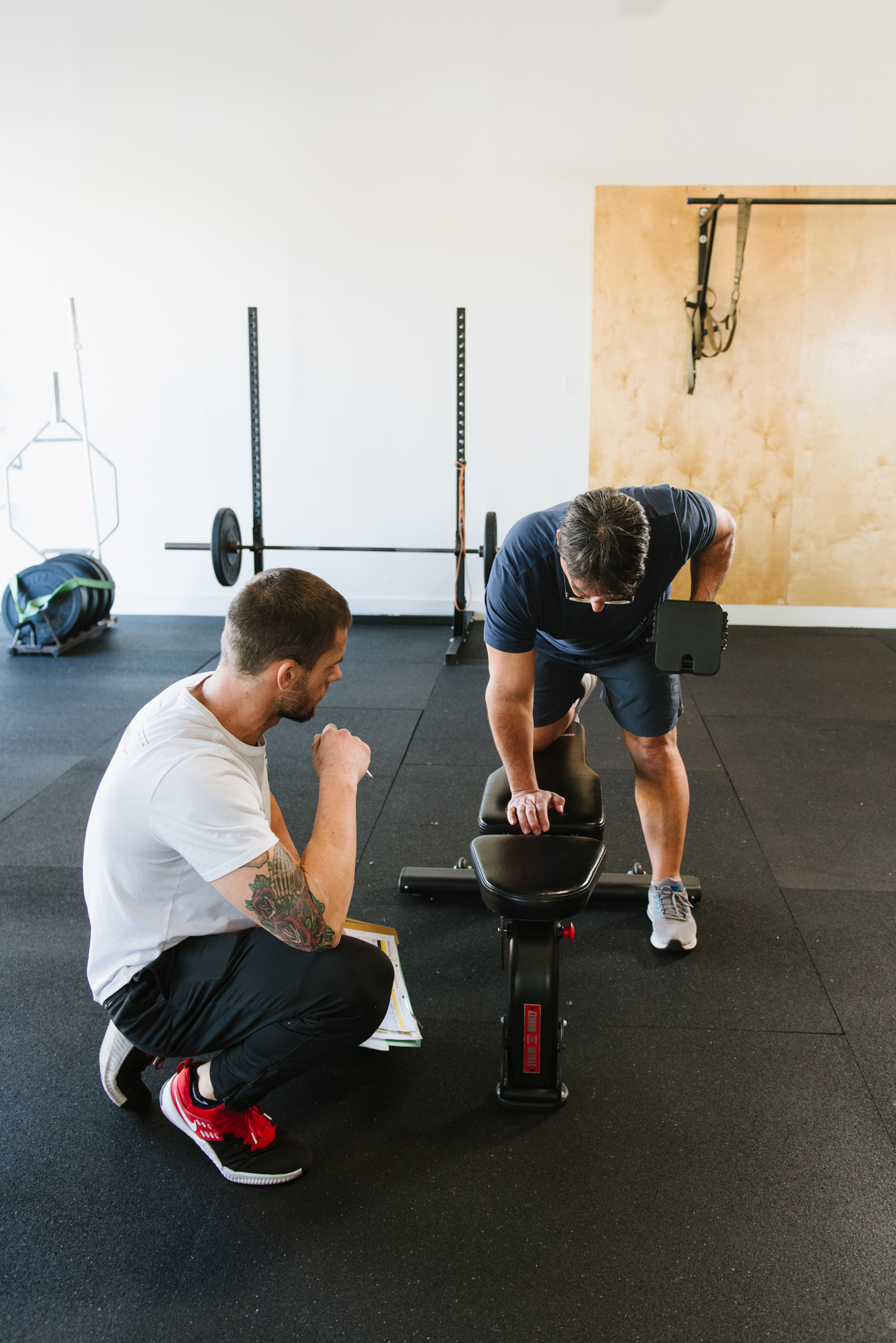Car accidents, unexpected injuries, and overuse injuries can lead to corrective surgeries to remedy painful conditions limiting production. Corrective procedures via surgery are important to fixing physical ailments that affect our lives. Doctors and surgeons promote orthopedic corrections to repair bones, joints, and muscles when connective tissues are damaged. We also put our bodies in the surgeon’s hands. Corrective surgery could elicit a great outcome. However, Surgery can also result in the feeling of having a new limb on the body. While surgery is meant to put our bodies in a more optimal state, we roll the dice if we will feel better than before when a significant procedure is performed on the body. Bones, tendons, muscles, and ligaments that we have lived with our entire life are severed, shifted and put in different areas. Scar tissue will develop as a biproduct of surgery in areas we aren’t familiar with. Screws, rods, and cadaver connective tissue are used to repair the body. These surgical procedures can yield some fantastic results, offering optimal recovery, more productive days, and decreased pain throughout our lives. However, we are never the same after the body is manipulated and put back together. Imagine waking up with a completely different, hand, shoulder, hip or knee. If any of you have had surgery, you can probably relate. We live all our lives with the same joints. We know how they work. Imagine how long it will take us to acclimate to a new limb or joint.
In some circumstances, regular exercise focusing on conditioning and injury prevention to significant joints can delay and even fend off corrective surgeries overall. Examples might include classic cases of arthritis causing pain to a significant joint. Such as dull, achy, annoying pain in the shoulders, back, hips or knees. A visit to the doctor might point you in the direction of getting rotator cuff surgery, a hip replacement, or a knee replacement. This usually entails a bout of physical therapy prescribed by the doctor before making this decision to see if physical therapy can fend off the need for surgery. However, even after physical therapy has been completed to degenerative joint conditions, the option to go under the knife is still present if pain and suboptimal living conditions persist. A new joint, no bone-on-bone contact, and decreased pain sounds appealing to the person considering surgery. However, after surgery people must deal with strict recovery protocols and limitations as the joint recovers 3 to 6 months after the surgery. More importantly, if the treated area is not recovered correctly with professional physical therapy and monitoring, the joint may not function optimally or might be worse off then before surgery. Surgery is an effective option and has its benefits. However, we can also exercise to avoid the need to have surgery is an option as well. Instead of deciding to go under the knife, perhaps we can consider utilizing exercise as a preventative measure to support our joints and increase oxygenated blood flow to help recover tendons, ligaments, cartilage and bones of arthritic joints. Developing lean muscle cushions and reinforces joints. If we must choose surgery, maintaining regular physical activity before surgery is going to make that road to recovery post-surgery that much easier.
We should treat exercise as the first line of defense. Unfortunately, that is commonly overlooked because the quick fix solutions of having a magically re-installed tendon or joint seems more appealing when someone else is doing the work. The human body can’t be fixed by taking it in to the auto-mechanic to change the spark plugs. We’re more complex than that. Researching safe and effective exercises will enlighten us how to decrease joint pain and avoid injury. Exercising joints are surrounded by large muscles groups reinforces joints and decreases impact. Hip and knee replacements can be avoided by strengthening larger muscles surrounding the joint including the glutes, hamstrings, and quadriceps. These larger muscles act like shock absorbers. When they are exercised, oxygenated blood flow is delivered to the connective tissue increasing bone mineral density and decreasing the breakdown of cartilage and bone. Shoulder surgery can be avoided by strengthening muscles attaching to the shoulder blade, pectorals, and triceps. The spine can be reinforced by focusing on core strengthening movements such as planks. This helps decrease the likelihood of bulging disks and neurological damage to the spine.
Simply performing 1-2 days per week of 20-30 minutes of strengthening exercises to the shoulder, core, and lower extremities can significantly help us avoid the need for immediate corrective surgery. Undergoing a significant surgery to repair a troubled area of the body can be helpful. However, exercise helps us to reserve the body we have been born with. Treat exercise as the first line of defense before undergoing surgery.
Sean McCawley, the founder and owner of Napa Tenacious Fitness in Napa, CA, welcomes questions and comments. Reach him at 707-287-2727, napatenacious@gmail.com or visit the website napatenaciousfitness.com.

